“Hope is the thing with feathers - that perches in the soul - and sings the tune without the words - and never stops – at all” - from her poem “’Hope’ is the Thing with Feathers”
- born 10th of December 1830 in Amherst, Massachusetts/ USA
- died 15th of May 1886 also in Amherst
Emily had two siblings, her older brother Austin and her younger sister Lavinia (called ‘Vinnie’), who were two of the only people with whom she maintained a very close relationship throughout her whole life.
When Emily was 10, she and her sister started Amherst Academy, which opened to female students just two years earlier. There she took classes in English, classical literature, Latin, botany, geology, history, “mental philosophy” and arithmetic.
There she also met her later lifelong friend, confidant, adviser, and inspiration Susan Gilbert (called ‘Sue’ or ‘Susie’).
Sue and Emily probably were in love with each other (best visible through the letters they wrote each other) but were never really able to live that love due to it not being acceptable in that time period in their country.
“Susie, will you indeed come home next Saturday, and be my own again, and kiss me… I hope for you so much, and feel so eager for you, feel that I cannot wait, feel that now I must have you—that the expectation once more to see your face again, makes me feel hot and feverish, and my heart beats so fast… my darling, so near I seem to you, that I disdain this pen, and wait for a warmer language.”
– from one of Emily’s letters to Sue
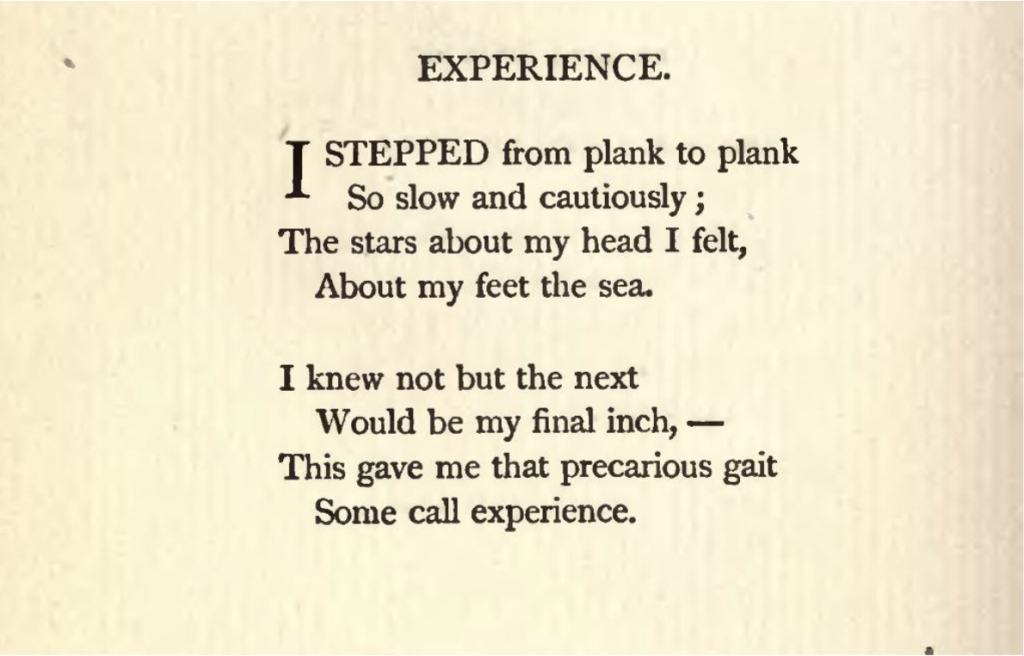
That was probably also one of the reasons Sue later married Emily’s brother Austin, although the marriage never really was a fulfilling one.
Emily sent Sue over 300 letters, more than any other person she was in correspondence with, and sent her about as many of her poems, as Sue was also one of her earliest supporters.
After Emily finished Amherst Academy at the age of 15, she started at ‘Mount Holyoke Female Seminary, but at which she stayed only for ten months. The reason for her leaving the Seminary so early was never cleared up.
Unmarried daughters at that time were expected to demonstrate their “dutiful nature” by setting their own wishes and needs aside to meet the needs of the home (not very different from what was expected of a wife at that time, really). Emily despised housework and the role of a daughter, a woman, coming with it, that was expected from her. “God keeps me from what they call households”, she wrote in a letter.
In 1848, when Emily was 18, she started to write her first poems. She got inspired to write after reading works by, among others: Charlotte Brontë, Lydia Maria Child, and William Shakespeare.
Besides their works and Sue, she got a lot of writing inspiration from nature, especially plants and birds, which she also had a passion for and knew a huge variety of them by their names (also their Latin ones).
In 1858 she started reviewing poems she had written previously and begun making clean copies of them, assembling them into books. Around that time period, a few of her poems were published for the first time in the newspaper “Springfield Republican”.
Between 1860 – 1865/66 was her peak, where she wrote most of her poems.
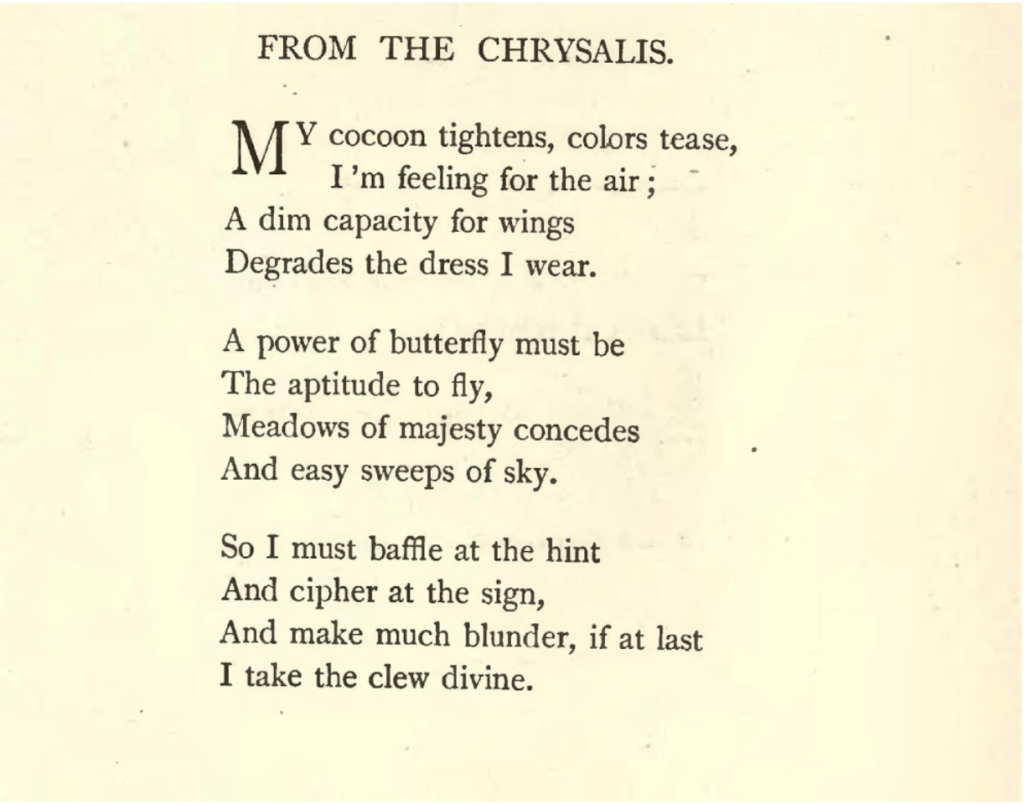
A year after (1867) she started to see only a very limited amount of people and rarely left the house. From that time on she also only dressed in white. Although the number of poems she wrote decreased from then on she still wrote them regularly and about two-thirds of the letters and notes which survived, emerged in that time.
Emily, from a young age on, had to deal with a deep melancholy and probably also depression, or depressive phases, caused by a lot of deaths of people which she knew and loved very much, which ran through all her life. The first one when she was only 14 when her cousin and close friend Sophia Holland died from typhus.
That’s probably one of the reasons she withdrew from seeing a lot of people regularly, among that she always found it exhausting to visit a lot of people.
In the summer of 1884, her state of health gradually worsens until she dies in May 1886 from Bright’s disease.
During her lifetime Emily wrote almost 1800 poems. Of those only 10 were published when she was alive. After her death, her sister Lavinia discovered her poems, and the first collection of poems was then published in 1890.
Her Work – Emily Dickinson
I first came in deeper contact with Emily Dickinson when I watched the series ‘Dickinson’ (an amazing series, by the way, I very much recommend !). I’ve heard about her before that but never read anything from her before. Through this series, I read a lot of her work (I actually bought a book that collects all of her poems) and read more about her as a person, and really fell in love with her writing.
Some major themes found in her poems are nature and animals (especially flowers and birds), morbidity and death, spirits and the gospel, and the so-called “Master poems”. All of those “Master poems” are addressed to a “Signor”, “Sir” or “Master”, which takes the role of Emily’slover for all eternity’, an unattainable figure, human but with some “godlike” qualities.
Besides this, she also uses humor, puns, satire, and irony in writing her poems.
Regarding the structure of her poems, she used a variety of styles and rhythms, often also mixed in one poem, which is something not commonly done in poetry at that time. The same was her use of dashes, capitalization, and willful vocabulary and imagery.
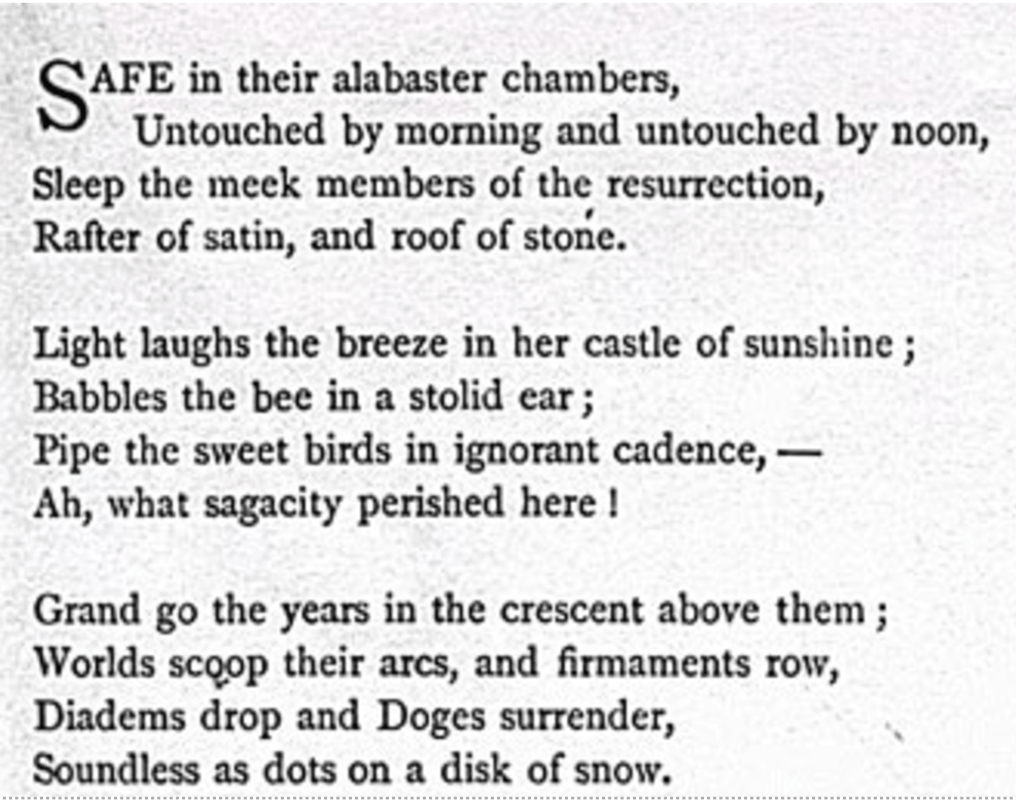
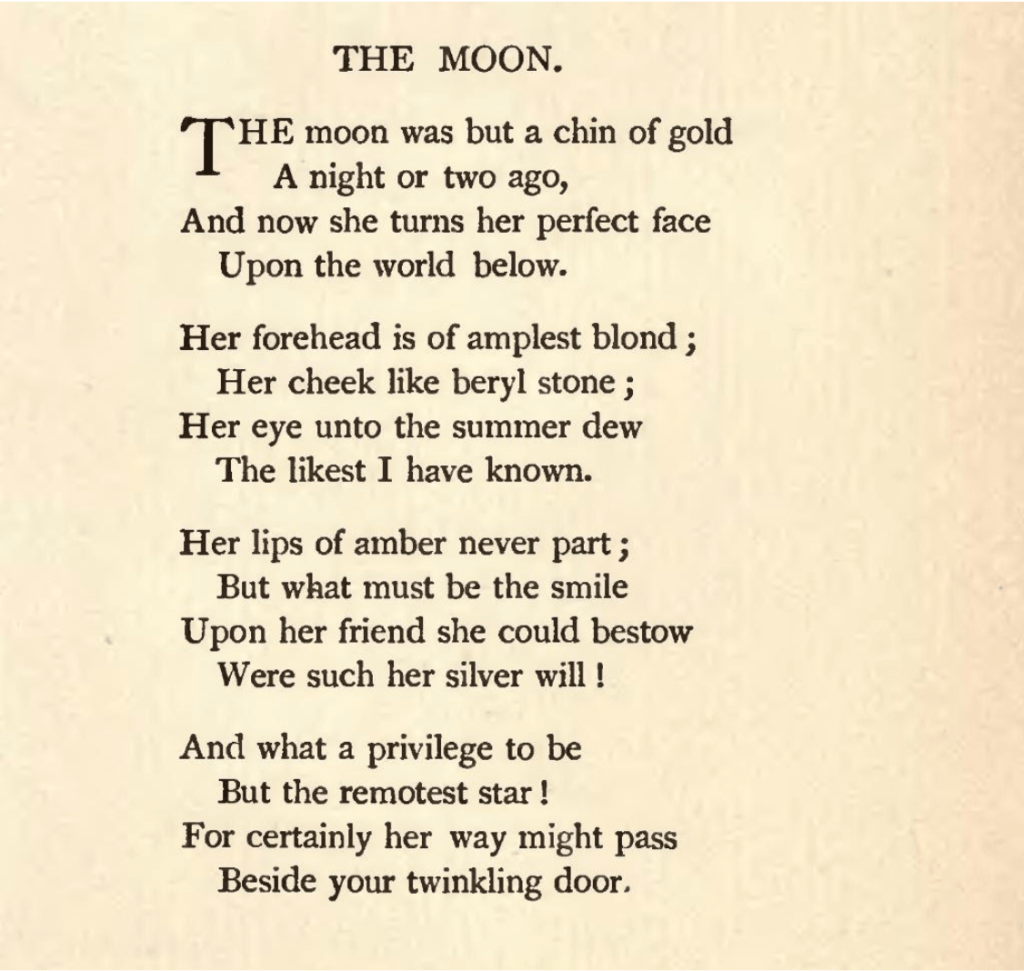
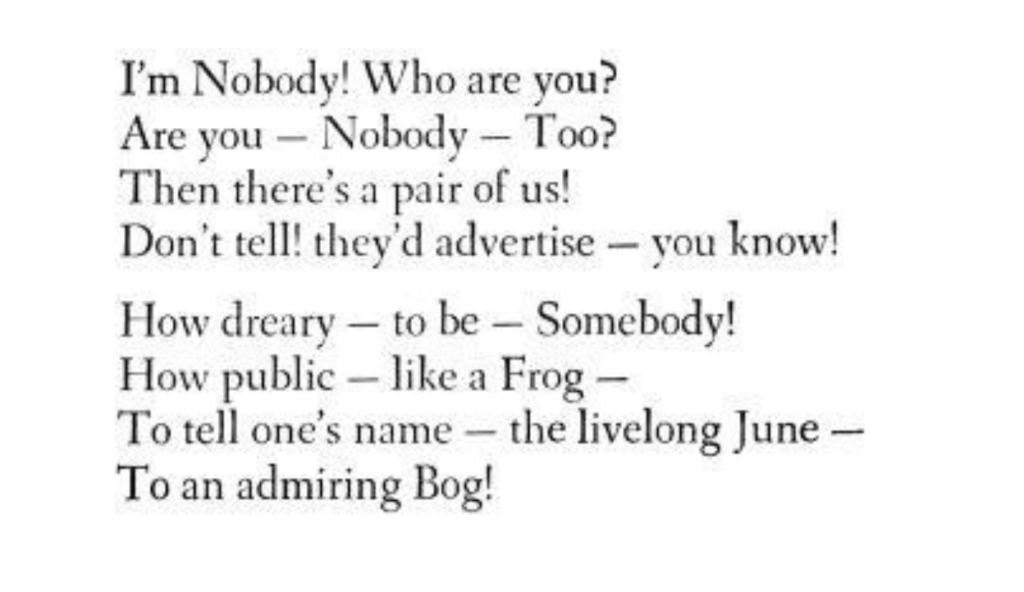
Her poems also have a certain melody to them. A lot of them actually can be sung to the melodies of popular folk songs and hymns using a common meter. An example would be the hymn ‘Amazing Grace’.
I think the reason why I love her poetry so much is that it is just so honest, painfully honest at times. It doesn’t pretend to be anything or tries to fit any form, rhythm, etc., it’s just her feelings and experiences expressed in raw form. It is real. It’s like when you read a poem from hers, for the time reading, you are forming a connection and get a look into her heart.
You can also feel that she is very aware of her surroundings and what goes on around her, society, etc., and also feels a lot of that going on around her, sometimes as if she feels the emotions of the people around her.
She was always true to herself, her values, and her heart, which empowers me to do that too.
“Hope” is the thing with feathers - That perches in the soul - And sings the tune without the words - And never stops - at all - And sweetest - in the gale - is heard - And sore must be the storm - That could abash the little Bird That kept so many warm - I’ve heard it in the chillest land - And on the strangest Sea - Yet - never - in Extremity, It asked a crumb - of me. ‘Hope is the thing with feathers’ by Emily Dickinson
Note: There only exists one photo of her, which I used at the beginning of this article, which was authenticated to really being her.
To Read more, and keep the conversation of art going, sign up to our Patreon membership for $5/month and enjoy exclusive content. Click here to join.
Emily Dickinson Documentaries, TV shows and More. Click here.





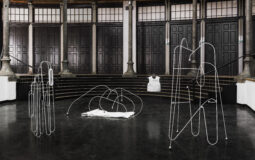

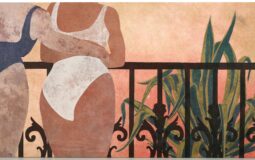



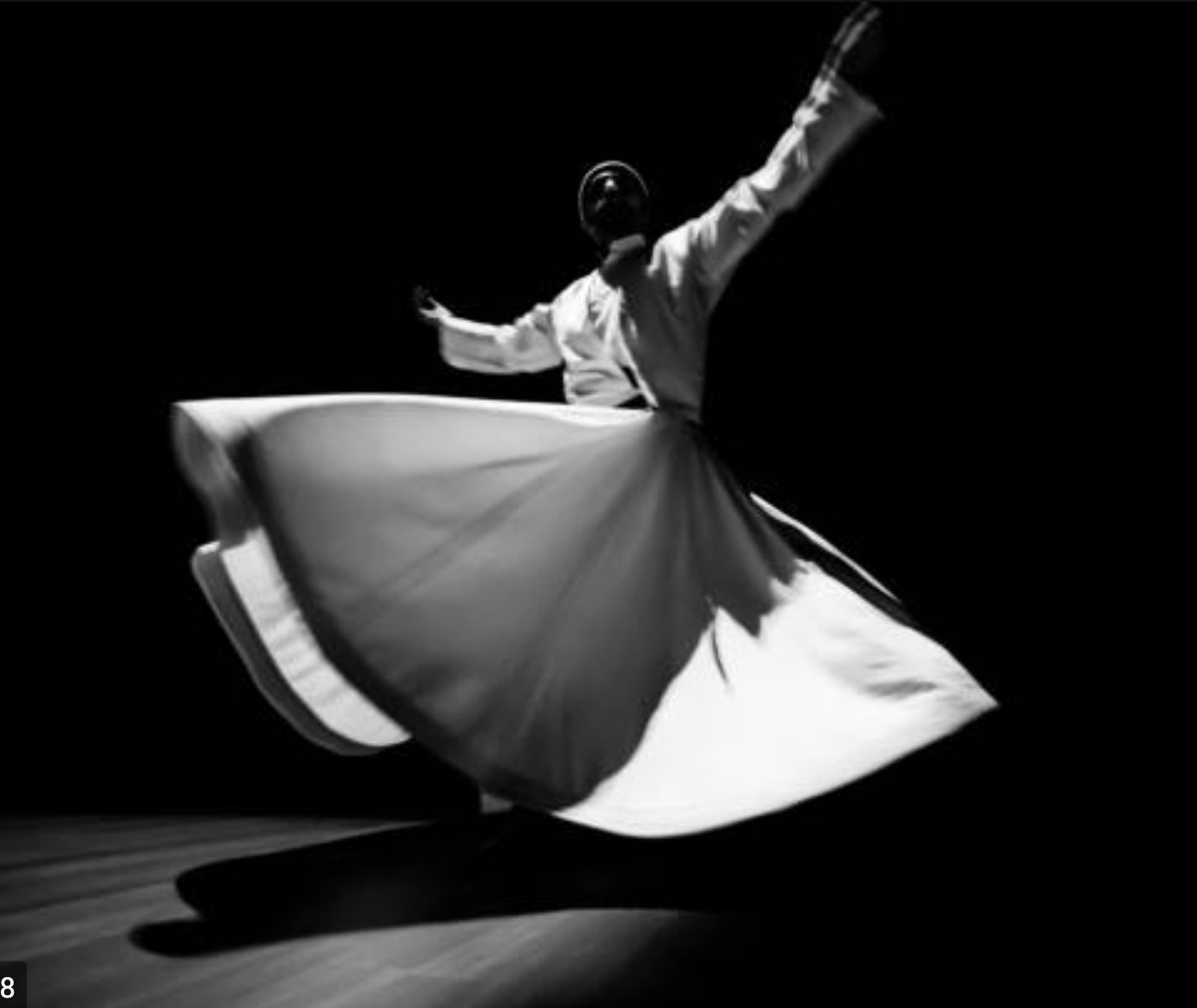

Some truly nice stuff on this site, I like it.